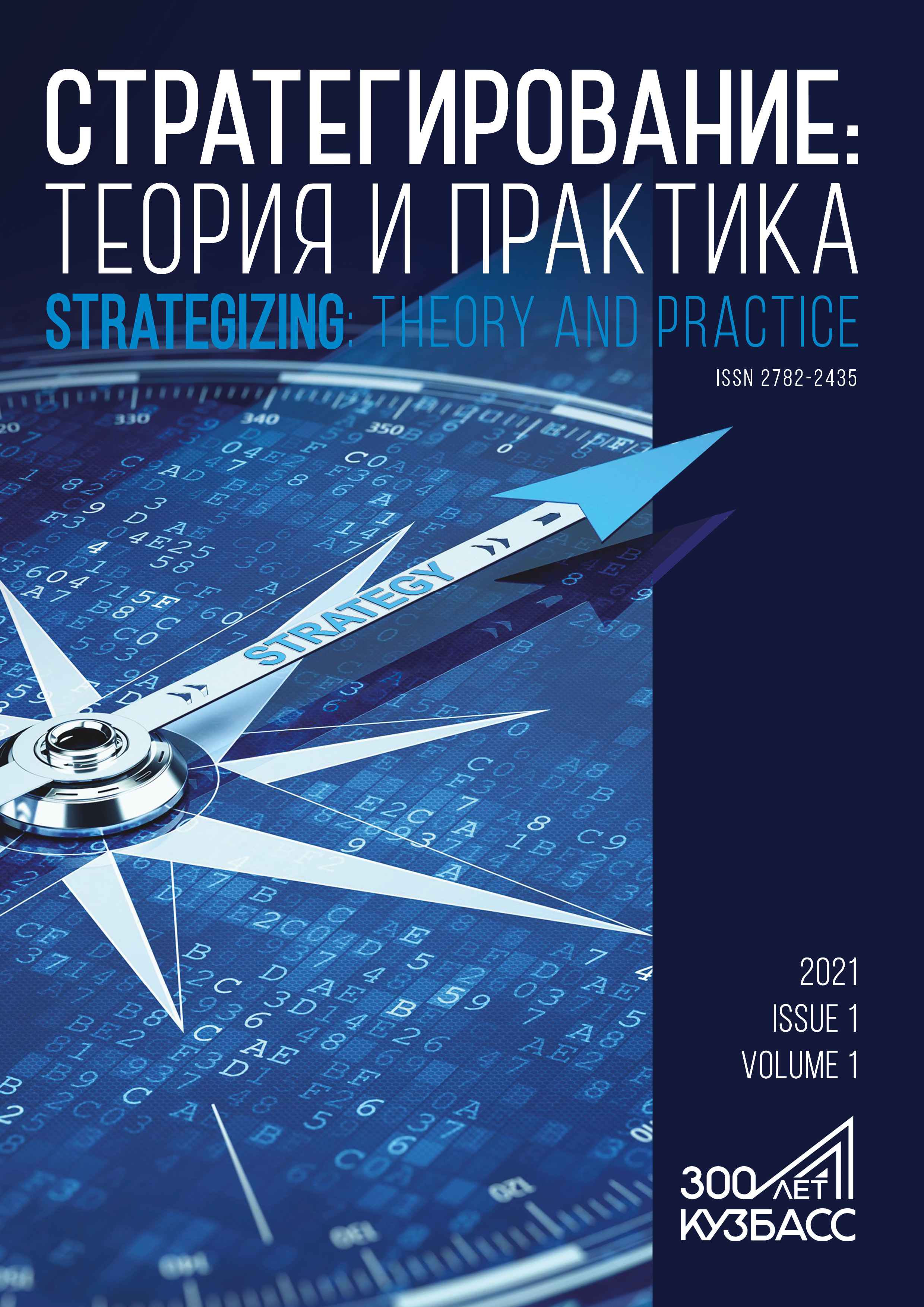Moscow, Moscow, Russian Federation
Moscow, Moscow, Russian Federation
from 01.01.2002 until now
Moscow, Moscow, Russian Federation
This research is part of a larger project on modeling national power and security indicators. It involved the method of multidimensional statistical analysis as an integral indicator that characterizes the total potential of each country, as well as the strategic development of its socio-ecological and economic system. The national economic potential in the international trade network was represented as a graph that illustrates the trade flows between countries. The centrality index marked the importance of a particular country in the international trade network, i.e., its ability to affect other countries, and its vulnerability, i.e., its dependence on other countries. The graph took into account the national power of the country, its partner countries, and the commodity circulation between them. The authors used the case of the global pandemic crisis and the local sanctions imposed on Russia in 2014 to study the adaptive ability of powerful national economies. The research resulted in two regression models. The model of the economic bloc of the national power took into account the trade volume and the vulnerability index in the international trade network. The model of national GDP growth relied on the growth of the economic bloc of national power, the trade volume, and the increase in exports, as well as the vulnerability index in the international trade network.
national power, economic performance, international trade, network analysis, influence and vulnerability of countries in the international trade network, strategy
1. Ayvazyan SA. Metody ekonometriki [Methods of econometrics]. Moscow: Magistr. INFRA-M; 2010. 512 p. (In Russ.)
2. An analysis of countries’ influence through international migration network. FT Aleskerov. Political science. 2016;(4):137-158. (In Russ.).
3. Gelvanovskiy MI, Zhukovskaya VM. O metodakh mezhstranovogo sopostavleniya pokazateley konkurentosposobnosti [About methods of cross-country comparison of competitiveness indicators]. Voprosy statistiki. 2000;(3):18-24. (In Russ.)
4. Kvint VL. The Concept of Strategizing. 2nd ed. Kemerovo: Kemerovo State University; 2022. 170 p.
5. A conceptual future for the Kuzbass Region: Strategic outlines of developmental priorities through 2071, a 50-year perspective. Ed. Kvint VL. Kemerovo: Kemerovo State University; 2022. 283 p. (In Russ.)
6. Makarov VL, Bakhtizin AR, Il’in NI. Modeling and assessing the national strength of Russia. Economic strategies. 2020;(2):6-19. (In Russ.) https://doi.org/10.33917/es-2.168.2020.6-19
7. Modeling and Assessment of National Power of Different Countries all over the World. V Makarov [et al.]. Artificial Societies. 2021;16(3). (In Russ.) https://doi.org/10.18254/S207751800016081-8
8. National security of Russia. VL Makarov. Economic strategies. 2020;(5):6-23. (In Russ.) https://doi.org/10.33917/es-5.171.2020.6-23
9. Natsionalnaya konkurentosposobnost: ponyatiye. faktory. Pokazateli [National competitiveness: concept, factors, indicators]. MI Gelvanovskiy. Voprosy statistiki. 1999;(12):15-21. (In Russ.)
10. Taleb NN. Antifragile: things that gain from disorder. New York: Random House; 2012. 544 p.
11. Shcherbakova NG. Mery tsentralnosti v setyakh [Measures of centrality in networks]. Problemy informatiki. 2015;(2):18-30. (In Russ.)
12. Acemoglu D. Introduction to modern economic growth. Princeton University Press; 2009. 851 p.
13. Freeman LC. Centrality in social networks: conceptual clarification. Social Networks, Amsterdam. 1979;(1):215-239.
14. Jakovljevič J. How to Measure Power? Comparison and Critique of Existing Power Indexes. Thesis. Brno: Masaryk University; 2021. 82 p.
15. Hall RE, Jones CI. Why do some countries produce so much more output per worker than others? The Quarterly Journal of Economics. Oxford University Press. 1999;(1):83-116.
16. Marshall AW. A program to improve analytic methods related to strategic forces. Policy Sci. 1982;(15):47-50. https://doi.org/10.1007/BF00143367
17. Mearsheimer JJ. The Tragedy of Great Power Politics. New York, London: W.W. Norton & Company; 2001. 592 p.
18. Merritt RL, Zinnes DA. Validity of power indices. International Interactions. 1988;(14):141-151. https://doi.org/10.1080/03050628808434697
19. Morgenthau HJ. Politics among nations: the struggle for power and peace, 2nd ed. New York, Alfred A. Knopf; 1954.
20. North DC, Thomas RP. The rise of the western world. A new economic history. Cambridge: Cambridge University Press. 1973:170.
21. Rodrik D. One economics, many recipes: globalization, institutions, and economic growth. Princeton University Press; 2008. 280 p.
22. Spykman NJ. America’s strategy in world politics: The United States and the balance of power. 1942. reprint, Hamden, CT: Archon Books; 1970. 534 p.
23. Waltz KH. Theory of international politics. Addison-Wesley Publishing Company; 1979. 117 p.





